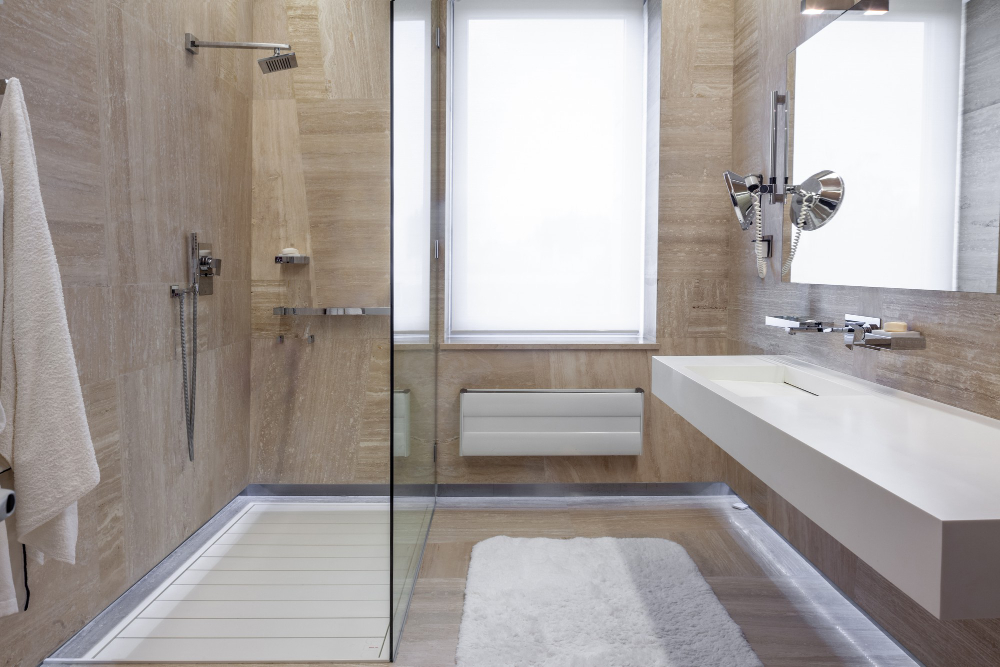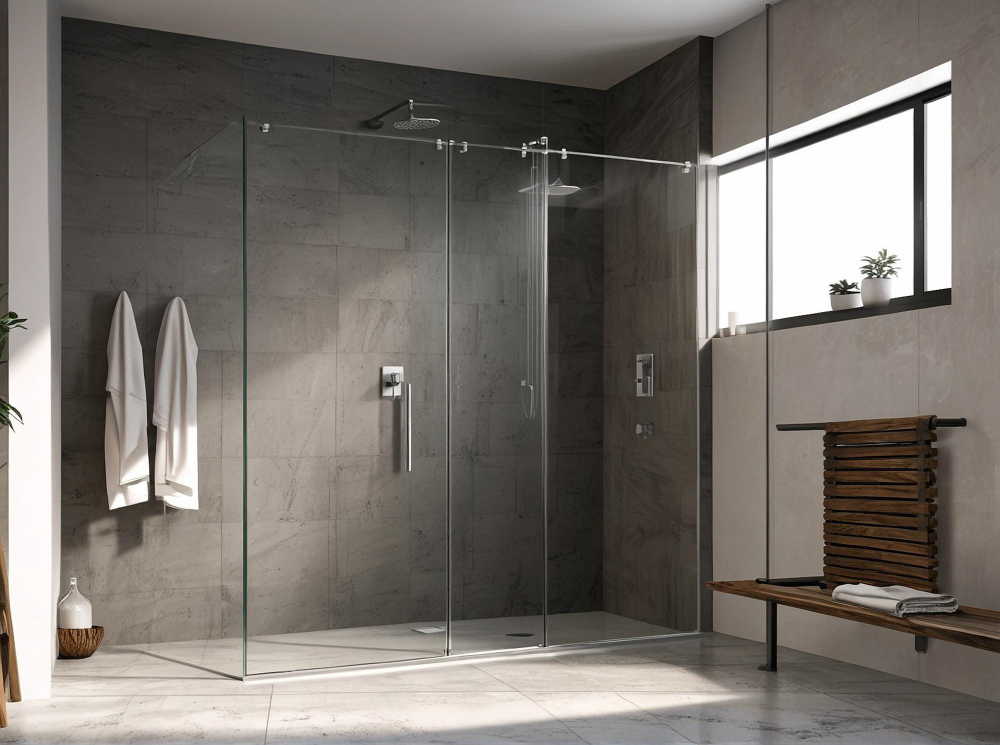Guide to Bathroom Vanity: A Story of Design Through the Decades

Every bathroom tells a story, and few elements speak louder than the vanity. What began centuries ago as simple washstands has evolved into a centerpiece of modern design. Today, homeowners researching a step-by-step vanity guide can trace that evolution through decades of changing tastes, technologies, and cultural shifts.
Early Origins
In the 18th and 19th centuries, the bathroom vanity wasn’t part of the bathroom at all. Washstands—wooden tables with porcelain basins—were often found in bedrooms. They were functional, yet ornate, reflecting craftsmanship of the time.
The Rise of Modern Bathrooms
By the early 20th century, indoor plumbing became widespread, and the vanity transitioned into a permanent bathroom fixture. Designs shifted toward more utilitarian forms: pedestal sinks and simple cabinetry. Still, they carried echoes of their furniture-like origins.
Post-War Practicality (1940s–1960s)
The mid-20th century brought efficiency and affordability to the forefront. Laminates, chrome hardware, and mass production defined vanities during this period. These pieces reflected a culture focused on practicality in the wake of global recovery.
The Bold 1970s and 1980s
Color exploded into bathrooms: avocado green, mustard yellow, and even mirrored finishes. Vanities often included bold cabinetry paired with vessel-style sinks that broke traditional molds. Storage also became a central theme as households demanded greater functionality.
Minimalism and Luxury (1990s–2000s)
The late 20th century introduced streamlined shapes, stone countertops, and clean cabinetry. Homeowners leaned toward spa-inspired bathrooms, turning the vanity into a symbol of personal luxury.
Today’s Blend of Styles
Modern vanities offer an incredible spectrum:
Floating vanities for sleek, contemporary bathrooms.
Double-sink units to accommodate busy households.
Custom cabinetry that merges storage, design, and efficiency.
Materials range from reclaimed wood to engineered quartz, giving homeowners freedom to match style with durability.
Looking Ahead
Tomorrow’s vanities will likely integrate smart features: touchless faucets, built-in lighting, even hidden storage powered by innovative design. Yet, like their historic counterparts, they will continue to reflect cultural values—this time focusing on sustainability and minimalism.
For inspiration across styles and eras, many homeowners explore a renovation advice platform that catalogs ideas from both past and present, showing how trends can be adapted to today’s needs.
Key Takeaway
The bathroom vanity has evolved from humble washstands to a central design element. Its journey reflects broader cultural shifts—practicality, luxury, sustainability—all while remaining one of the most personal choices in a remodel.
👉 Thinking of your own bathroom upgrade? Consider not just today’s trends but also timeless qualities that keep vanities functional and stylish for decades.

